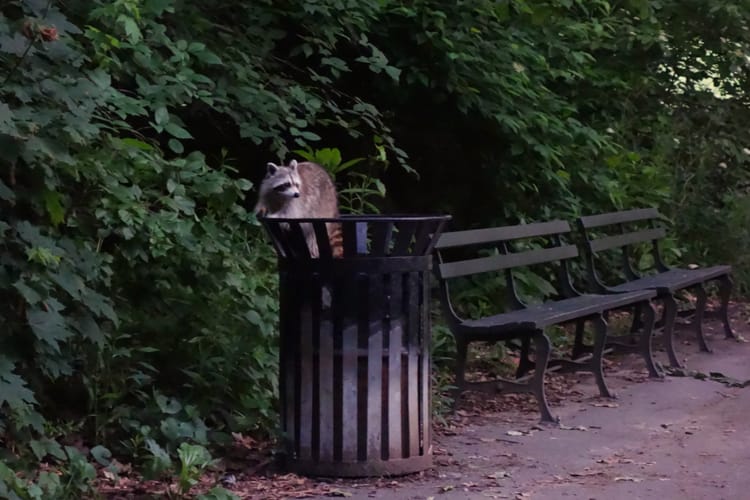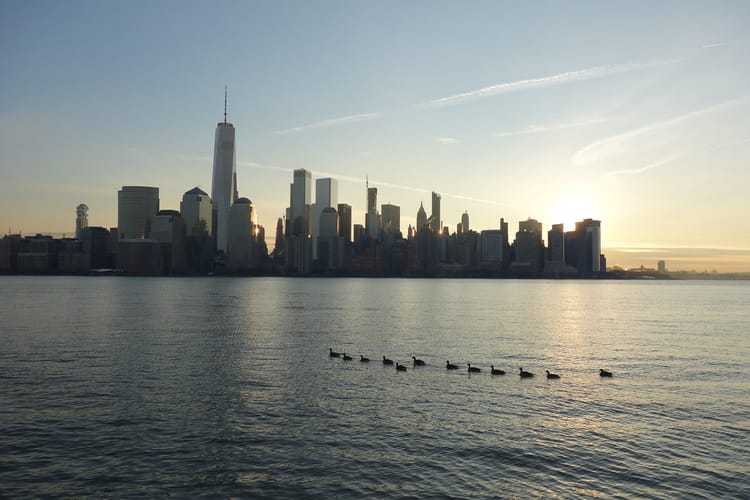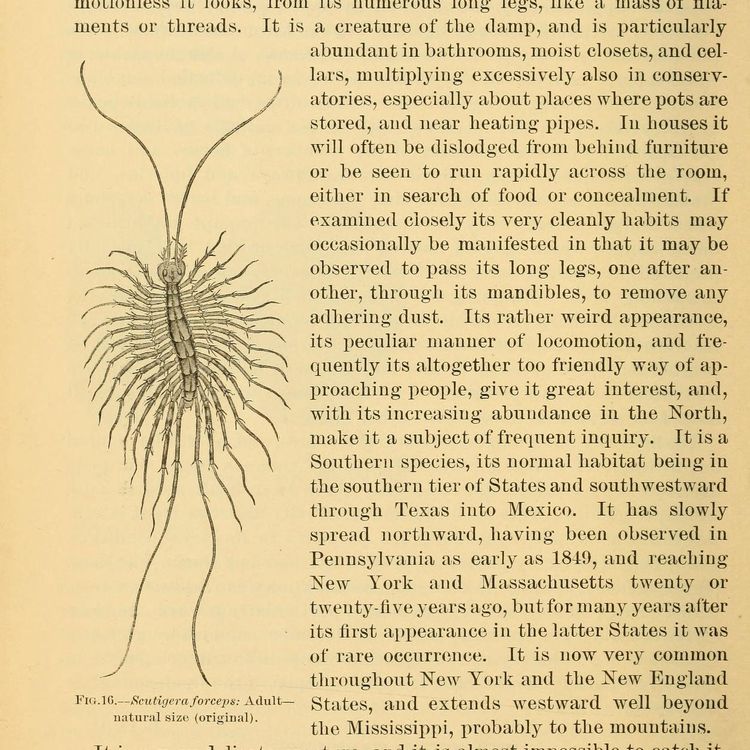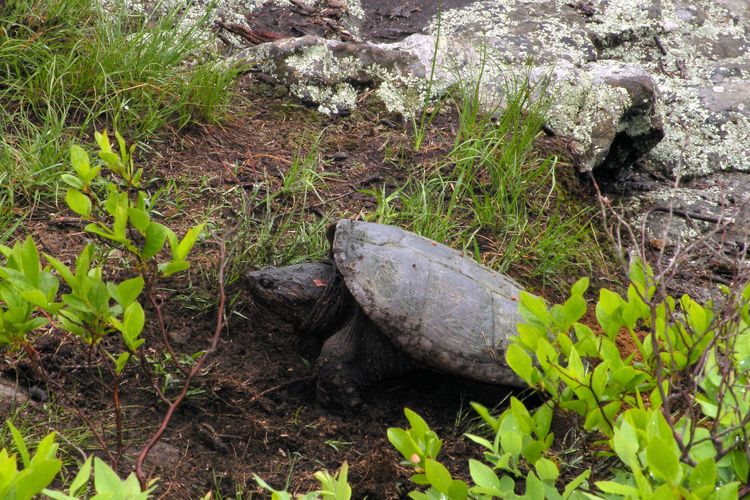Our Shores Awash In Brine
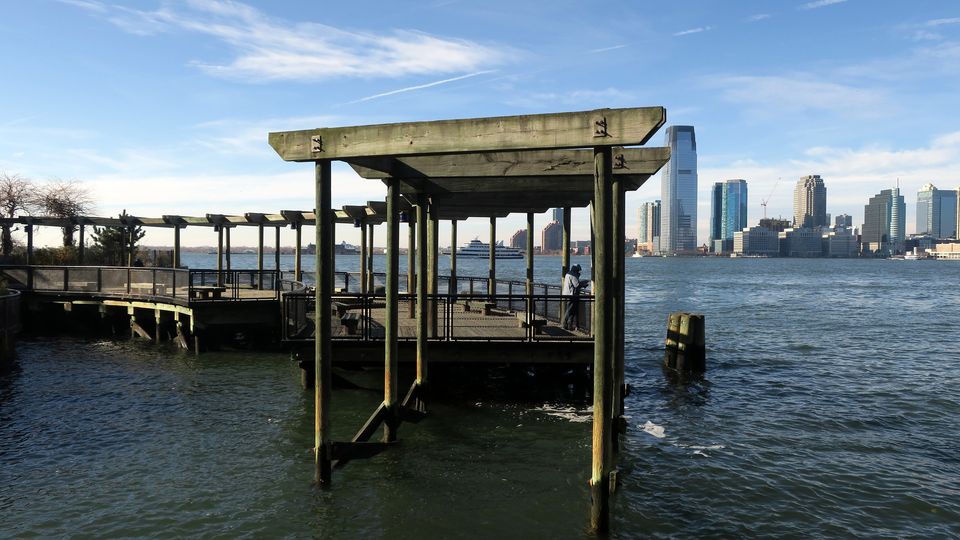
As summer wanes, the libidinous tides of the Hudson echo our headlong stumble into the last days of the sun’s ascendency and our retreat into temperate nights. We are an estuary, where opposites attract. Salt water meets fresh and their clenching embrace thrusts the saline line of the Hudson up and down from the Battery to Poughkeepsie.
In spring, the melting snows of the Adirondacks flood down our river. They throb against the ocean. Their waters rise from the Hudson’s source—Lake Tear of the Clouds, a name presaging their brackish end. To grossly paraphrase Chekhov… one must never place a tear upon the stage if it isn’t going to drop into the ocean.
By now, the end of summer, that onrush is long gone. The days have been dry and hot. The salt water has shouldered its way back up our shores. By this time of year, the salt line has pounded its way to Dutchess County. It is the farthest the ocean reaches into our heart. It is 75 miles above our southernmost tip. We are awash in brine.
We have been warned away from oysters in the preceding r-less months. But meanwhile, they have been spawning. “No one knows for certain whether they are capable of passion,” said one 1886 newspaper, “but it is well established that they can be fried, broiled, scalloped, roasted, stewed, baked, or served up raw. Let them come in all the glory and pristine strength of their newfound ‘r.’” Once, dinner plate-sized shells piled high in Lenape middens and their meaty innards sated the appetites of Dutch colonists. Once, the New York Harbor may have been home to half the world’s oysters. Once, Ellis Island was Little Oyster Island and Pearl Street was paved with the calcium carbonate of oyster armor. We were a city of bivalves.
Ensuing years laid down strata of pollution that even these hardy creatures could not overcome. Raw sewage and industrial waste do not inspire erotic yearnings. Lately, though, their aphrodisiacal reek is returning to our shores. At the end of this month, the 100 millionth oyster will have been restored to our harbor. In honor of this auspicious occasion, walk west. Look out over the Mahicantuck, the great waters in constant motion. Feel your salt line rise and fall.
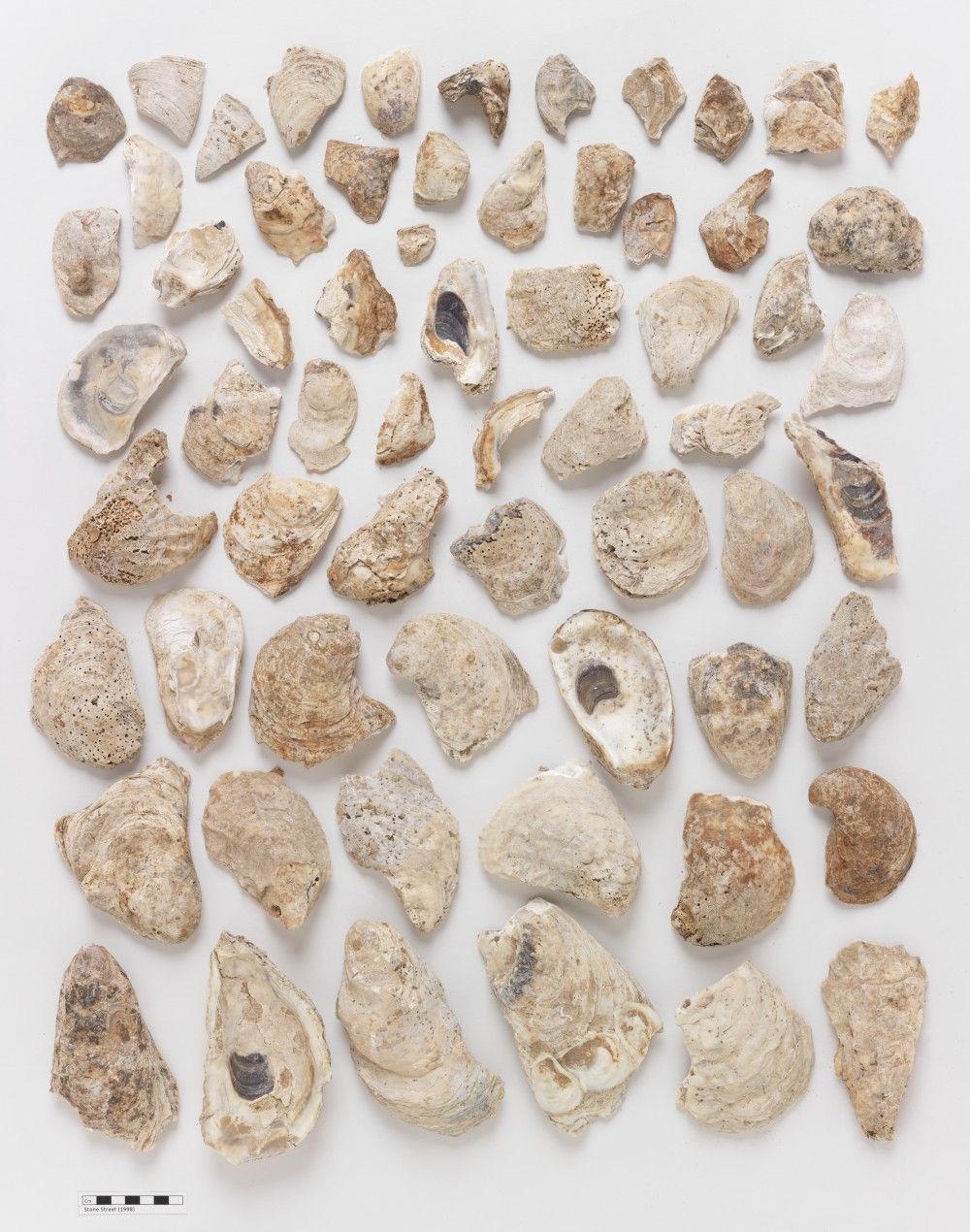
- To exacting pedants, the East River is not technically a river. It is, one learns, more correctly dubbed a “tidal strait,” or a drowned river valley. Its banks border only salt water, not fresh, and its flow is due to the movement of tides, not the downrushing from some fresh mountain spring. Of its current at half tide, Washington Irving wrote that it roars, “like a bull bellowing for more drink,” and at full tide, it sleeps “as soundly as an alderman after dinner.”
- Oyster carts once rattled over the streets all over NYC. While they have mostly disappeared along with the bounty of oysters, local businesses like the Real Mother Shuckers (A+ name) are bringing shellfish back to the streets while also honoring the historic role of Black oystermen in the city. Thomas Downing, for instance, owned the most renowned oyster house in early 19th-century New York and was part of the Underground Railroad.
- New Yorkers mostly forget they are in such close proximity to so much salt water, but P.T. Barnum in the mid-19th century saw in it a resource for his grand plans for his American Museum at Broadway and Ann Street. With the permission of the Board of Alderman, he set a huge cast-iron pipe connecting to the Hudson to pump water into a colossal tank where he kept live whales. He went through nine unfortunate cetaceans between 1861 and 1865 before a fire burned the museum to the ground. Among the ruins were the remains of two belugas; a seal named Ned managed to survive in the arms of a firefighter.
